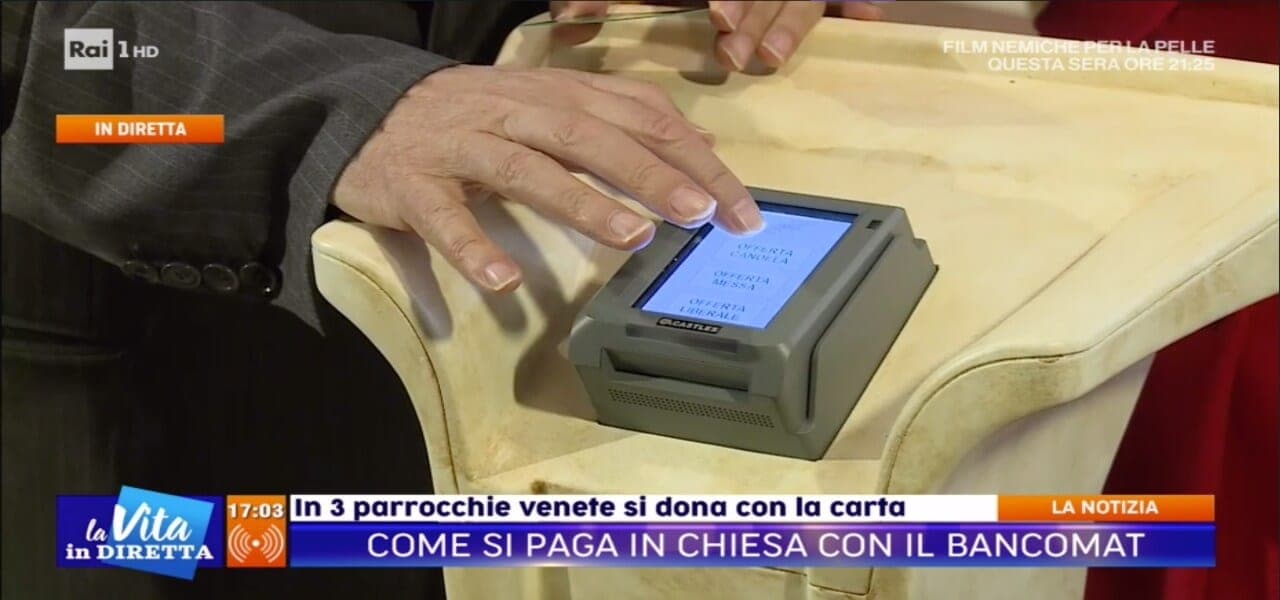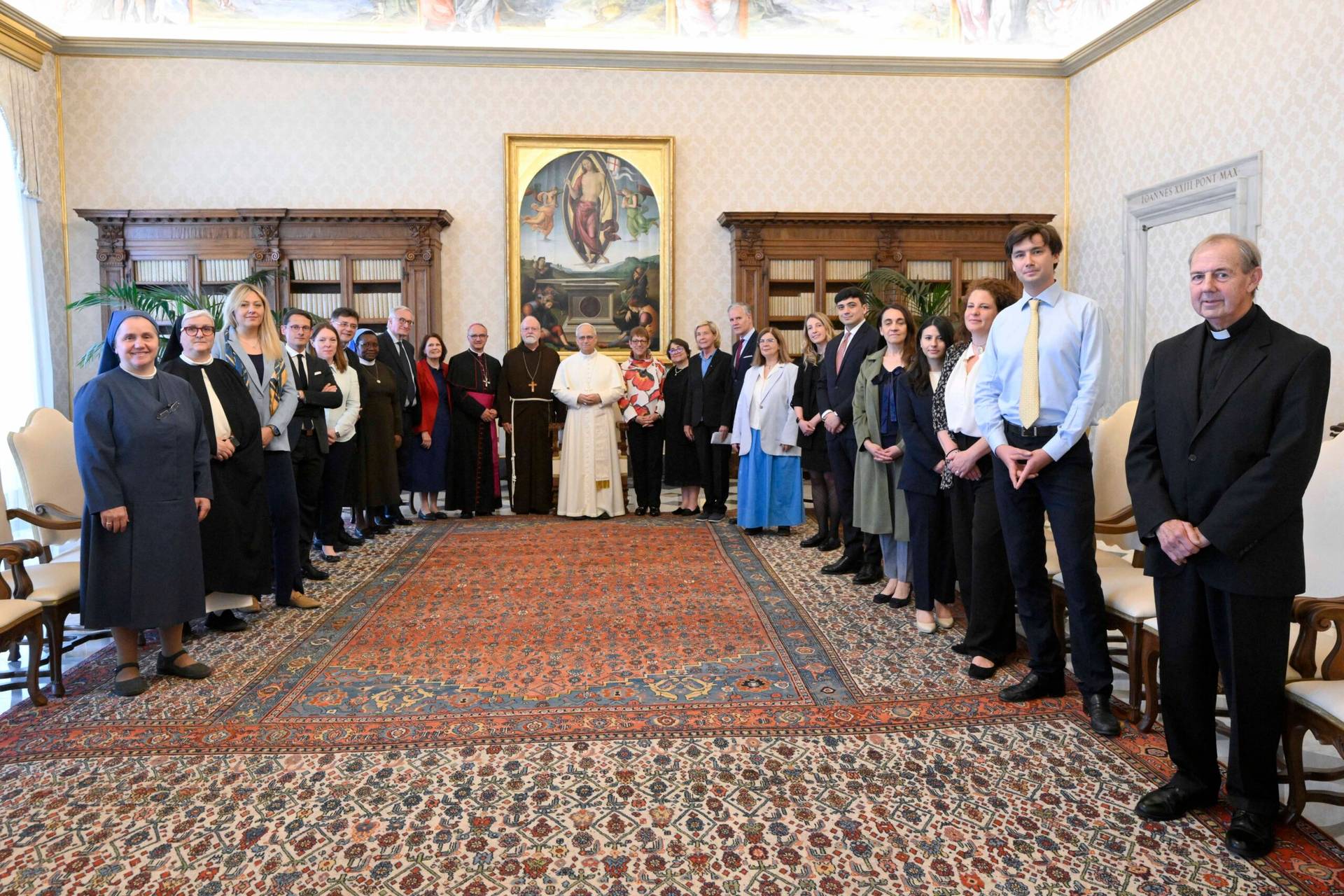ROME – Making decisions for a universal church requires a sense of what’s happening on the ground, and inevitably, those perceptions are shaped by whatever specific place one happens to be. The local, in other words, often acts as one’s prism for understanding the universal.
In the case of the Vatican, above all that means Italy. When they get up in the morning, most Vatican officials watch Italian TV news and read the Italian papers. When they fan out on Sundays to say Mass, most of them are doing it in Italian and for Italians. When they grab a coffee, go out for a meal, get their hair cut or do the shopping, they’re generally doing all that in Italian settings.
Herewith, a quick rundown of recent developments in Italian Catholicism which, right now, are bound to be on the mental radar screens of the Church’s governing class. None is especially dramatic, but they do speak to some hard questions being asked at the retail level:
- How to adapt Catholicism to a digital world without losing a sense of its past, and without seeming overly eager to cash in on new commercial possibilities.
- Allocating personnel and resources in an era of rapid social and economic mutation.
- Providing security for sacred sites in an increasingly dangerous world.
Creeds and Credit Cards
Father Vincenzo Tosello, pastor of San Giacomo’s in Chioggia in northern Italy near Venice, recently earned the distinction of being the first priest in Italy to make digital giving available for basically the entire menu of his church’s services. (Some parishes in Italy are already using digital technology to process contributions to the collection plate at Sunday Mass.)
In addition to the classic practice of dropping a coin into an offerings box whenever someone wants to light a votive candle, for instance, it’s now possible through a “point of sale” machine to use a credit card or a digital payment service such as Paypal. To light a candle to St. Anthony, for instance, is one Euro, though that’s merely a suggestion decided at the level of the Italian bishops’ conference.
A digital receipt is also provided, for potential use in cases in which Italian law provides a tax benefit for non-profit contributions. The menu on the machine also provides options for making a contribution to charities run by the parish, even requesting a Mass to be celebrated in memory of a deceased loved one.
“There’s no commercial aim of any kind,” Tosello told local media. “The idea is to give people who don’t walk around with cash the chance to make a contribution. People move around less and less with cash and coins, so this is an effort to keep pace with the times.”
Critics of the idea, who see it as a confusion of God and mammon, have invented a mocking rhyme in Italian: Entrare per pregare, c’è il bancomat da pagare, meaning, “Come in to pray, there’s an ATM to pay.”
To date, no one seems to have asked what Pope Francis, ferocious critic of “savage capitalism” that he is, might think of Tosello’s initiative. Meanwhile, the development in Chioggia comes on top of a new service recently launched in the Diocese of Livorno in Tuscany, allowing people to make online reservations for the Sacrament of Confession.
Capuchins Caught in the Middle
Catanzaro is a midsized town of a little under 90,000 souls in Calabria in the far south of Italy, basically the toe of the boot formed by the peninsula. Like so many small and midsized towns, it’s been gradually shrinking for years under the twin pressures of rapid urbanization and chronic underdevelopment in the Italian south.
One result is that attendance at the town’s famed Chiesa del Monte dei Morti, the “Church of the Hill of the Dead,” has been in decline, to the point where the Capuchins who’ve run the place since 1885 reportedly have been considering pulling out. That prospect has the local population up in arms, demanding meetings with the order’s regional superior and the bishop to try to keep the Capuchins right where they are.
The leader of one prominent local group has said that if the church and associated friary were to close, it would be an “incurable wound.”
Part of the story is that Catanzaro long has been engaged in a rivalry with Reggio Calabria, about an hour and a half away by car, as the most important urban center in the region. Reggio Calabria has been pulling away for a while, one symbol of which is that a celebrated painting of Pope Vitalian, the patron of Catanzaro, is now located in Reggio Calbaria, which has been an especially bitter pill for the smaller town to swallow.
A city official in Catanzaro, Daniele Russo, recently floated the fear that if the historic church closes, other pieces of their spiritual and cultural patrimony could end up in the hands of their bitter regional rival.
It’s not clear at the moment what the Capuchins or the diocese may do, though it seems unlikely that on their own, they’re in a position to arrest the long-term trends making the commercial center of Catanzaro increasingly unsustainable.
Security and Sanctity
On Sunday afternoon, a 47-year-old man struggling from drug addiction was arrested for setting fire to a confessional of the Church of St. Victor in the small town of Villa Cortese near Milan, with a population just a little over 6,000.
At the time the church was full because of several baptisms scheduled for that afternoon, though no one was injured in the incident.
Police officials said the attacker’s motives still aren’t entirely clear, while for the moment the town’s lone church remains closed awaiting a safety inspection, cleaning and repairs.
One fear is possible damage to a famed organ contained within the church, fashioned during the great Jubilee Year of 2000 by the well-known Ruffatti Brothers firm in the city of Padua. A Facebook page devoted to the organ on Monday contained this post: “Who knows when we can again hear its voice echoing among the aisles?”
The incident comes on the heels of two separate attacks in St. Peter’s Basilica itself, one involving a man described as “unstable” tossing a candelabra off the main altar and another involving another man trying to smash a crucifix.
RELATED: Guides fear overreaction to vandalism risks turning St. Peter’s into a ‘museum’
Once upon a time, churches, especially in a place like Italy, could rely on a combination of supernatural awe and social respect to keep out of harm’s way. As those qualities progressively fray, the question becomes how to strike the right balance between maintaining security without stifling spiritual hospitality.
For his part, the pastor in Villa Cortese told local media that he’s considering hiring security guards for major events, describing it as a “sad step” but saying he’s also got a responsibility to keep church-goers safe.
Follow John Allen on Twitter: @JohnLAllenJr
Crux is dedicated to smart, wired and independent reporting on the Vatican and worldwide Catholic Church. That kind of reporting doesn’t come cheap, and we need your support. You can help Crux by giving a small amount monthly, or with a onetime gift. Please remember, Crux is a for-profit organization, so contributions are not tax-deductible.


















